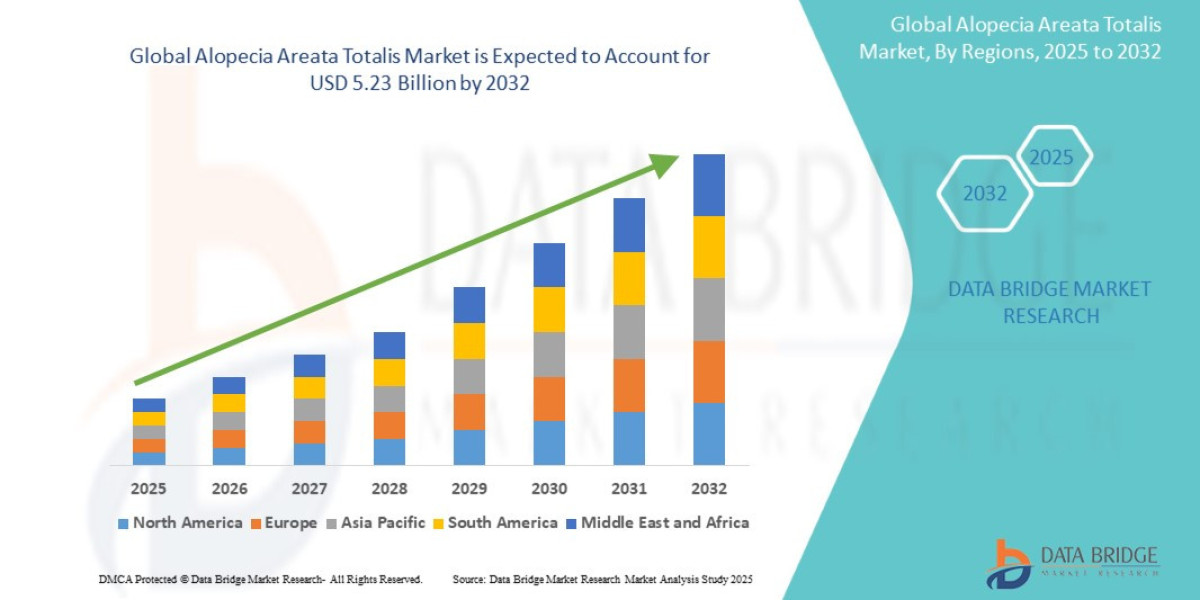The global anticoagulant rodenticides market was valued at US$ 744.7 million in 2023. It is projected to expand at a compound annual growth rate of 3.4 percent, reaching an estimated US$ 1,075.7 million by 2034. This steady growth reflects the increasing demand for effective rodent control solutions across multiple sectors, ranging from agricultural fields and warehouses to urban centers, residential neighborhoods, and commercial spaces.
For More Insights into the Market, Request a Sample of this Report: https://www.factmr.com/connectus/sample?flag=S&rep_id=7249
Market Segmentation and Application Scope
When segmented by type, the market is broadly divided between first-generation and second-generation anticoagulants. First-generation compounds, such as warfarin and chlorophacinone, typically require repeated ingestion to be effective, making them slower acting but less environmentally hazardous. In contrast, second-generation anticoagulants such as bromadiolone and difenacoum are powerful, often working with a single dose. This makes them highly effective for severe infestations, though their potency has raised ecological concerns.
In terms of form, anticoagulant rodenticides are available as pellets, blocks, powders, and liquids. Among these, pellets hold the largest market share. They are easy to deploy either through bait stations or direct placement, and they fit well into integrated pest management strategies that emphasize both effectiveness and containment. Blocks, powders, and liquids continue to serve niche applications but lack the widespread appeal and versatility of pellets.
The market’s applications span diverse environments. Agricultural fields depend on these products to safeguard crops against rodent damage, which can significantly reduce yields and profitability. Warehouses also rely on rodenticides to protect stored goods from contamination and destruction. Urban centers, residential neighborhoods, and commercial spaces are facing heightened risks of rodent infestations due to population density and abundant food sources, further fueling demand.
End-users range from agricultural producers and commercial businesses to pest control service providers and government agencies. Households, particularly in urban areas, are also key consumers, motivated by growing awareness of rodent-borne diseases and health risks.
Regional Market Dynamics
Regional growth patterns reveal interesting contrasts. North America currently leads the market, accounting for around one-third of global share, supported by advanced pest management practices and strong awareness of public health standards. East Asia is also emerging as a key market, driven by urban development and agricultural modernization.
Within specific countries, the United States is expected to grow at a compound annual growth rate of nearly 4 percent between 2024 and 2034. Rising urbanization, coupled with the need for effective rodent control in commercial and residential zones, is the primary growth driver. In China, similar trends are at play, with rapid urban expansion and agricultural reforms fueling a projected growth rate of just under 4 percent during the forecast period.
The agricultural field application alone is expected to contribute over US$ 315 million in new opportunities, while pellets are projected to reach a market value exceeding US$ 348 million by 2024. These figures highlight both the scale and diversity of the demand landscape.
Buy Report – Instant Access: https://www.factmr.com/checkout/7249
Growth Drivers and Market Trends
Several factors underpin the continued growth of the anticoagulant rodenticides market. Urbanization is a major driver, as cities provide ideal habitats for rodents with their dense housing and easy access to food. Agricultural needs also play a crucial role, as rodents can cause immense damage to crops, threatening both food security and economic stability.
Another growth factor is the advancement of product forms. Pellets dominate because of their practicality and adaptability to different environments, but ongoing innovation is improving the effectiveness of blocks, powders, and liquids.
Research and development are expected to remain central in the short and medium term, focusing on improving safety and performance. In the longer term, sustainability will become the defining trend. Manufacturers are already working on formulations that reduce environmental impact while ensuring long-term rodent control effectiveness.
Challenges and Regulatory Pressures
Despite steady growth, the industry faces challenges that could shape its future trajectory. The most pressing issue is environmental sustainability. Secondary poisoning, in which predators ingest rodents that have consumed anticoagulants, has raised widespread ecological concerns. Wildlife conservationists and regulators are increasingly calling for restrictions on second-generation products, leading some regions to ban their use altogether.
These restrictions are reshaping the competitive landscape, encouraging manufacturers to emphasize first-generation compounds or to innovate new formulations that strike a better balance between safety and efficacy. Regulatory pressures are likely to continue tightening, compelling companies to align with evolving environmental and public health standards.
Browse Full Report: https://www.factmr.com/report/anticoagulant-rodenticides-market
Competitive Landscape and Recent Developments
The anticoagulant rodenticides market is characterized by the presence of several global leaders, including Bayer, BASF, Syngenta, FMC, UPL, Ecolab, Rentokil Initial, Neogen, ADAMA, Valent Biosciences, and Bell Laboratories. These companies are heavily invested in research, innovation, and global distribution networks to maintain their competitive edge.
Recent developments highlight the industry’s shift toward sustainability and innovation. In early 2022, Syngenta launched a new environmentally friendly anticoagulant made with natural ingredients, addressing both ecological concerns and the growing problem of rodent resistance. Around the same time, BASF introduced a new insecticide aimed at protecting crops from resilient pests. While not a rodenticide, this development signals the company’s broader strategy of enhancing integrated pest control systems, which indirectly supports rodent management by strengthening overall pest control programs.
These strategic moves illustrate how key players are navigating regulatory challenges while maintaining market relevance. Companies are expected to continue investing in product diversification, sustainable formulations, and partnerships with pest control services to capture growth opportunities.
Check out More Related Studies Published by Fact.MR Research:
Fertilizer Additives Market: https://www.factmr.com/report/3052/fertilizer-additives-market
Epoxy Curing Agents Market: https://www.factmr.com/report/3057/epoxy-curing-agents-market
Tin Chemicals Market: https://www.factmr.com/report/3080/tin-chemicals-market
Liquid Thermal Interface Materials Market: https://www.factmr.com/report/3085/liquid-thermal-interface-materials-market
About Us:
Fact.MR is a distinguished market research company renowned for its comprehensive market reports and invaluable business insights. As a prominent player in business intelligence, we deliver deep analysis, uncovering market trends, growth paths, and competitive landscapes. Renowned for its commitment to accuracy and reliability, we empower businesses with crucial data and strategic recommendations, facilitating informed decision-making and enhancing market positioning.
Contact:
US Sales Office:
11140 Rockville Pike
Suite 400
Rockville, MD 20852
United States
Tel: +1 (628) 251-1583
Sales Team : sales@factmr.com






